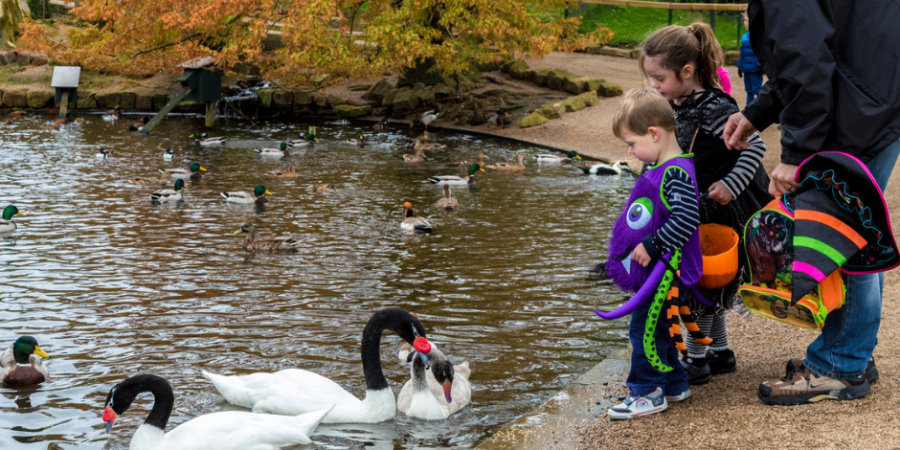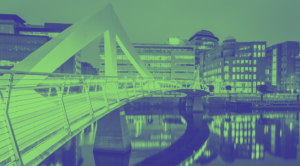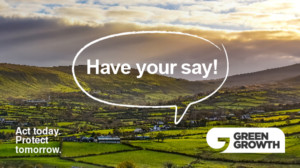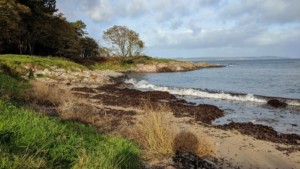“Why do we love and work to protect wetlands and their wildlife at Castle Epsie? If rainforests are the lungs of the planet, then wetlands are the blood!”
Castle Espie lies on the north-west shore of the stunning Strangford Lough, 9 miles south of Belfast. Strangford Lough is the largest sea inlet in the UK and Ireland, covering 58 square miles and is an area of international wildlife importance.
The Castle Espie Wetland Centre is managed by the Wildfowl and Wetlands Trust (WWT), a conservation charity that protects and restores important and threatened wetland habitat across the globe. Through their visitor’s centre in Co Down, they introduce people to the wonders of wetlands and their wildlife.
Read on to find out why places like Castle Espie are climate heroes, vital in the fight against climate change.
From quarry to wildlife rich wetland
Since 1970, 81% of inland wetland species populations and 36% of coastal and marine species have declined around the world. With one million wetland animal and plant species threatened with extinction. Wetlands play an important role in flood mitigation and filtration of pollutants.
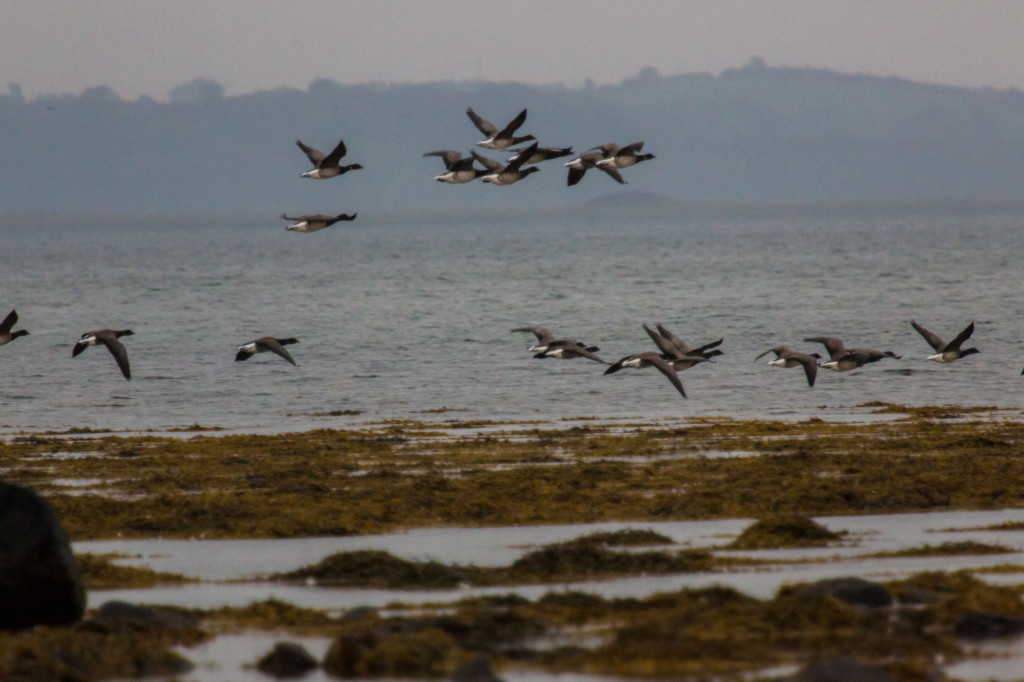
The centre has developed disused quarries and the footprint of industry into habitats of open water lakes, saltmarsh, saline lagoon, shallow seasonally flooded wetland, strandline flora and limestone grassland of important ecological value. These important habitats remove (sequester) carbon dioxide emissions acting as an important carbon sink.
This important site for biodiversity and cultural history is now managed as a nature reserve along with 400 hectares of intertidal habitat.
Did you know, around 85% of the world’s Brent Geese return from the high Artic to overwinter here in one of the planet’s most magical wildlife spectacles!
Wetlands and blue carbon
Why do we love and work to protect wetlands and their wildlife at Castle Epsie? If rainforests are the lungs of the planet, then wetlands are the blood!
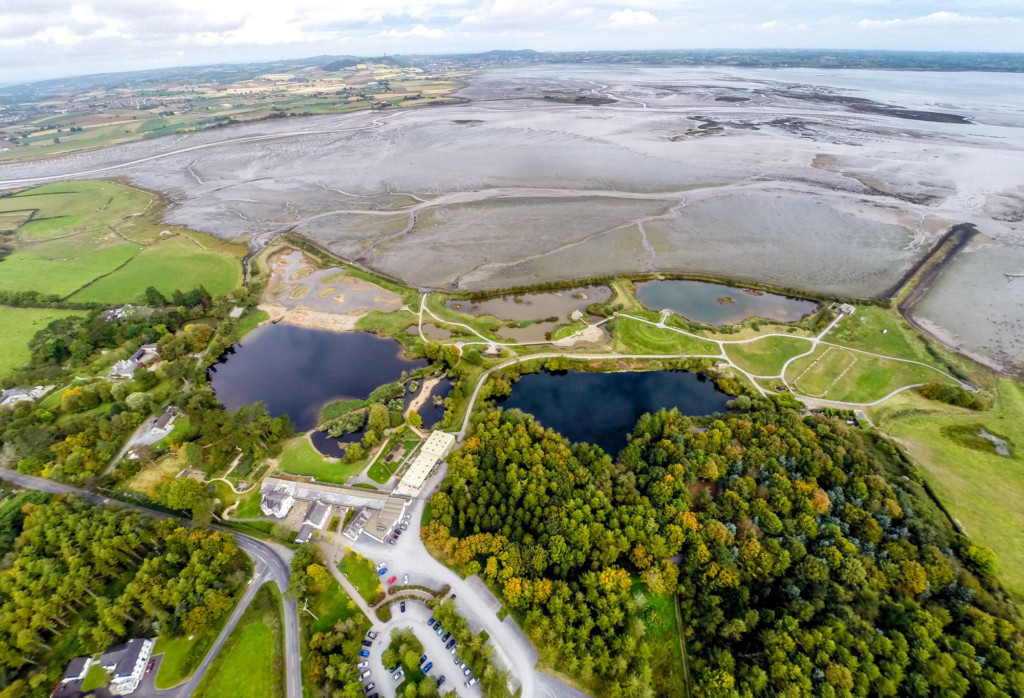
Wetlands are the Earth’s most biodiverse ecosystems, covering only 6% of our planet, yet providing homes and breeding areas for more than 40% of species including some of the most rare and beautiful wildlife such as dragonflies, otters and curlews.
Wetlands are also critical for climate change adaptation and resilience. Coastal wetlands include saltmarsh and mangroves and these habitats are part of what is called Blue Carbon – a high density carbon that accumulates in oceans and coastal ecosystems as a result of their high productivity and sediment trapping ability.
The rate of carbon sequestration in coastal wetlands is greater than in all forests combined, despite forests covering much larger areas. WWT is calling for the creation of 100,000ha of healthy wetland to be created in the UK to help fight today’s climate, nature and wellbeing crises. To find out more about blue recovery, please click here.
Wetlands help reduce the effects of climate change
Wetlands store water and filter and release it slowly, which can help to stop flooding, droughts and pollution.
Wetlands and the unique and important species they support are under threat. But over half of freshwater and wetland species in the UK are declining in numbers (53% declining, 13% at risk of extinction) with one quarter of wetland animal and plant species threatened with extinction globally.
Here at WWT Castle Espie, we have Ireland’s largest collection of native and exotic birds, ducks and geese and our WWT breeding programmes have saved many species from extinction.
As a wetland conservation charity, for us, sustainability means making the best use of our resources while minimising our impacts on the environment and society.
We believe that all aspects of our business should be ethically and environmentally sound. We only procure from or invest in businesses that demonstrate a positive approach to the environment, society and governance (ESG).
The Visitor’s Centre
As well as managing nature reserves that absorb large amounts of carbon, the environment has helped inspire the shape, materials, and the function of buildings throughout our Visitor Centre. From reclaimed and recycled materials, a biomass boiler, energy systems fuelled by the sun, low energy lighting to rainwater harvesting that supply all bathrooms. These measures and many more help us reduce our carbon footprint.
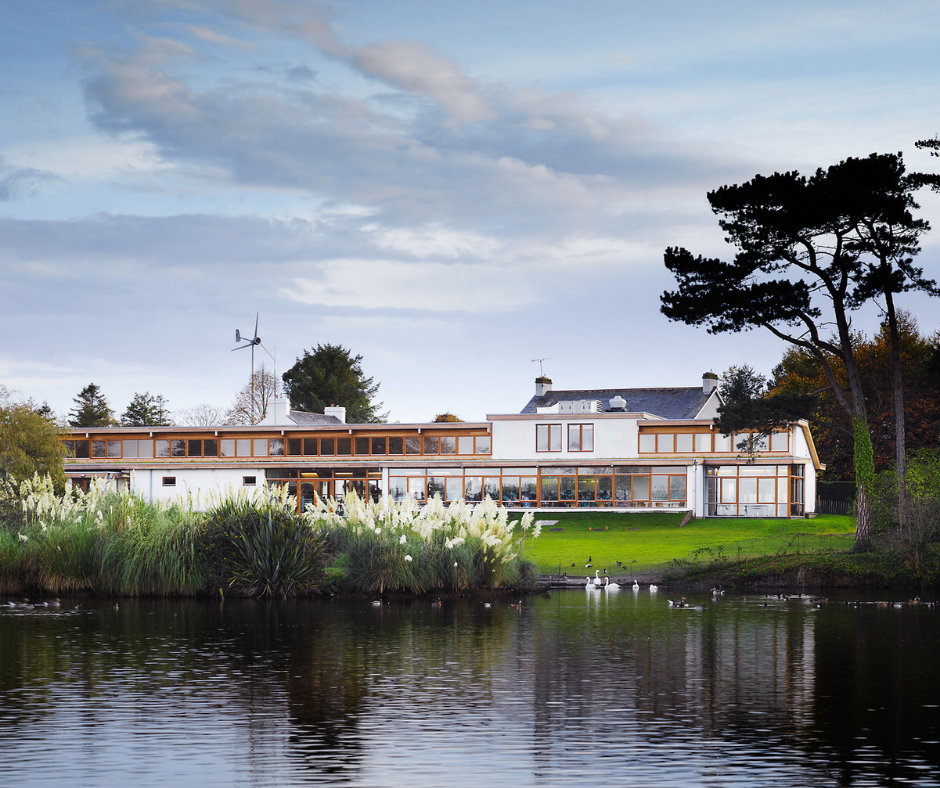
This year we are celebrating 31 years of working on Strangford Lough, managing this beautiful Northern Irish resource with practical conservation which impacts beyond our shores, providing environmental focused education programmes and access to the benefits of nature to all.
To find out more about Castle Espie, Wildfowl and Wetlands Trust click here.
